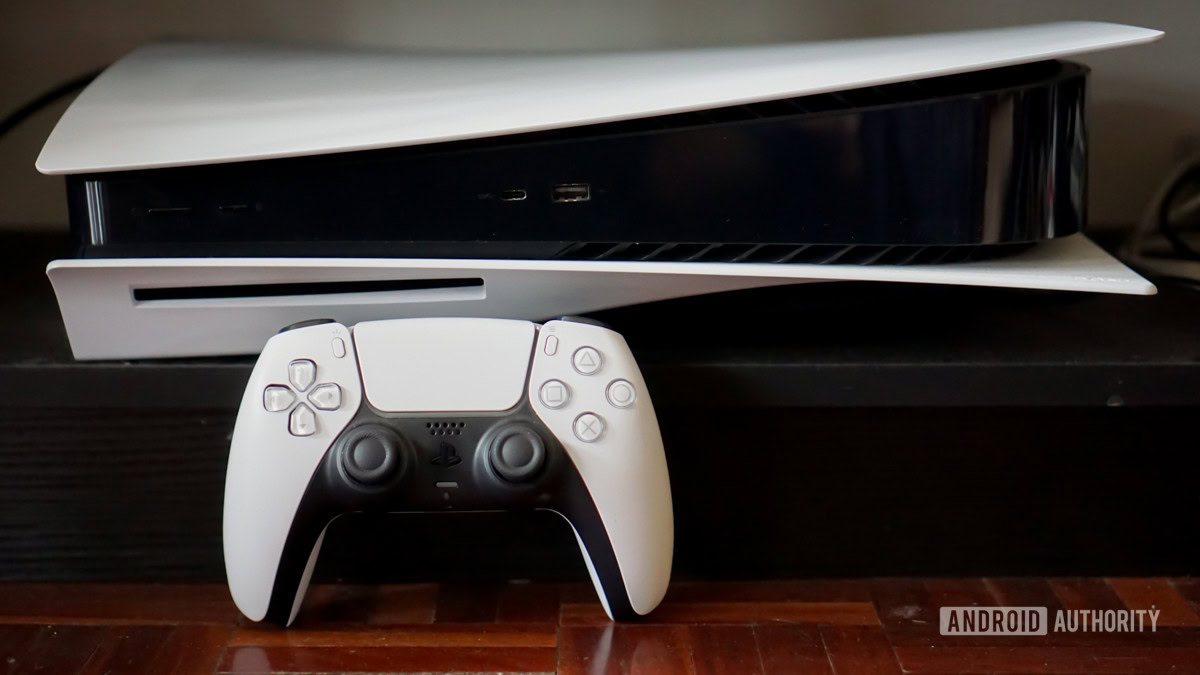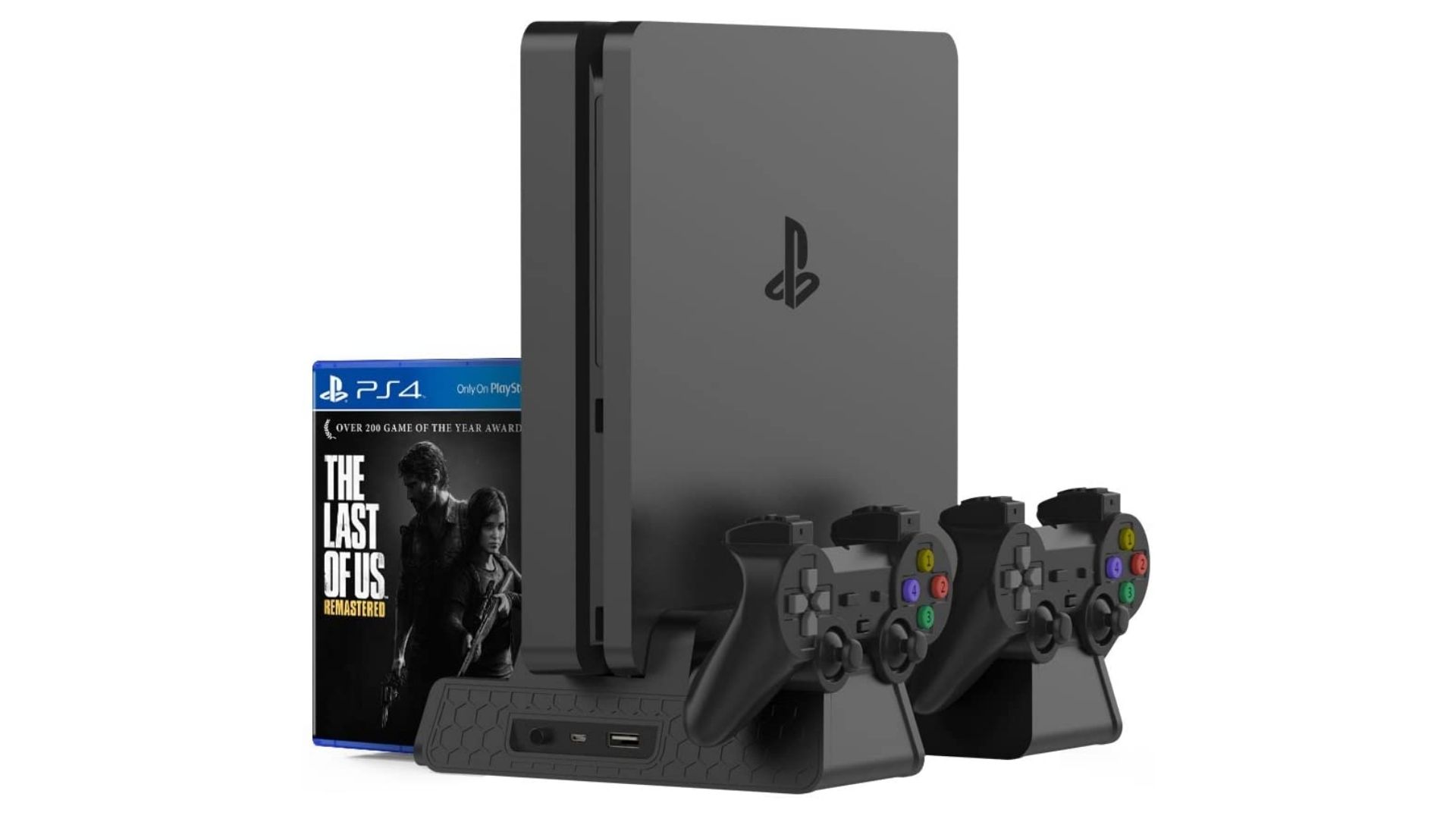Affiliate links on Android Authority may earn us a commission. Learn more.
How to sign in to the PlayStation Network on a PS4 or PS5
The PlayStation Network is essentially unavoidable if you have a Sony console. At the least you need it to access the PlayStation Store, and it’s also the foundation for PlayStation Plus, which provides online multiplayer and curated games. Here’s how to sign in on a PS5 or PS4, and what you can do if login fails.
QUICK ANSWER
On a PS5, you can sign in at any time by going to Settings > Users and Accounts > Account > Sign in. PS4 owners can do the same via Settings > Account Management > Sign in.
JUMP TO KEY SECTIONS
How to sign in to PlayStation Network on a PS5

The sign-in screen should be triggered any time you try to access online features or services, such as the PlayStation Store. If you’ve set up 2-step verification (2SV), you’ll need not just your password but a code sent to your phone via SMS or an authenticator app.
If you want to sign in ahead of time, you can do that from the homescreen by going to Settings > Users and Accounts > Account > Sign in.
Remember that by default, Console Sharing and Offline Play are enabled only on the first PS5 you use to sign into PSN. If you want to switch those features to a different PS5 in your household, you’ll have to use Settings > Users and Accounts > Other > Console Sharing and Offline Play. Only one of your PS5s can have the features on.
How to sign in to PlayStation Network on a PS4
Unlike the PS5, you have to intentionally sign in on a PS4 by going to Settings > Account Management > Sign in. You’ll be asked for your email address and password.
Note that if you haven’t activated the PS4 you’re on as your “primary,” you’ll be asked if you want to do that. Opt in if it’s your only PS4, but you should probably opt out if you already have another PS4 marked as a primary — only primary PS4s can share Store downloads and Plus benefits with anyone playing on them. They’re also what you connect to when using Remote Play.
Why is my PlayStation Network sign-in failing?
Assuming your internet connection is working and that you’ve doublechecked your login info, there are a few reasons this can fail, the most obvious being that Sony is having trouble on its end. Check the company’s network service status page — if indicators are anything but green, you’ll have to wait for Sony’s techs to resolve the issue.
Here are some other possible explanations:
- You haven’t verified your email address. If you’re new to PSN, you may not have clicked the link in Sony’s verification email. Check your spam or trash folders if you didn’t see it.
- Your system software isn’t up-to-date. Typically this shouldn’t block you, but in some cases an update might help.
- Your account has been hijacked or suspended. If it’s suspended, you’ll see an error code during the sign-in process and have to wait out your punishment (if you abused terms of service, say through hate speech) or pay outstanding fees (if you have account debt). You should get an email explaining the situation. If your account is hijacked, you’ll have to contact PlayStation Support.
- You’ve run into device activation limits. While there’s effectively no limit to how many PS5s you can have (Console Sharing and Offline Play support notwithstanding), you can only have 1 “primary” PS4, 2 PS3s, and 2 portable PlayStations on your account. You’ll have to deactivate a console if the limit is preventing sign-in. On a PS4, go to Settings > Account Management > Activate as Your Primary PS4 > Deactivate.
- Your console is having network trouble. Assuming the rest of your home is online, it could be that your PlayStation is having trouble connecting to Wi-Fi. Try rebooting your console, and making sure nothing is blocking signal to or from your router. If your PlayStation is still offline, you may need to switch from Wi-Fi to an Ethernet cable.
